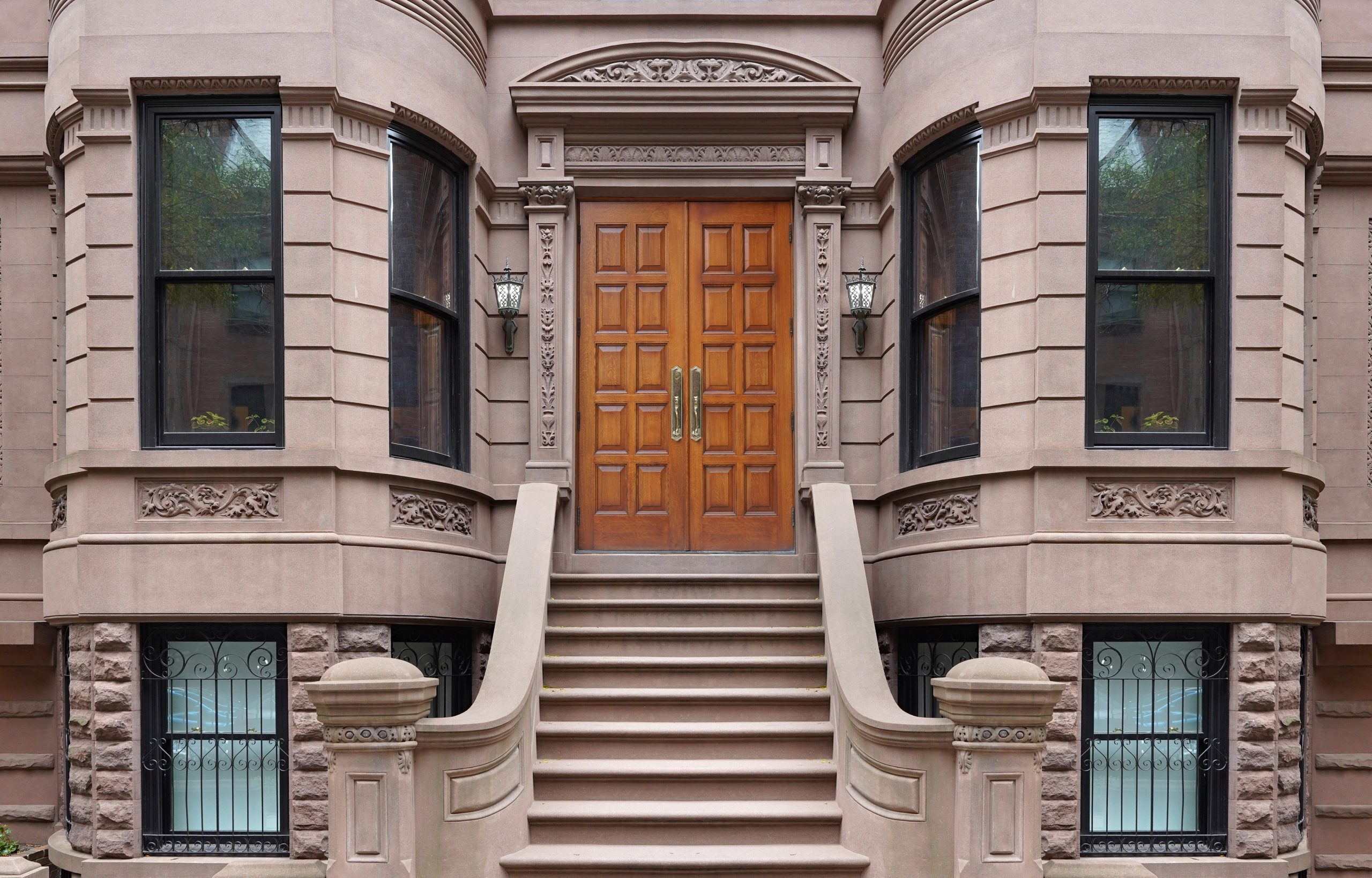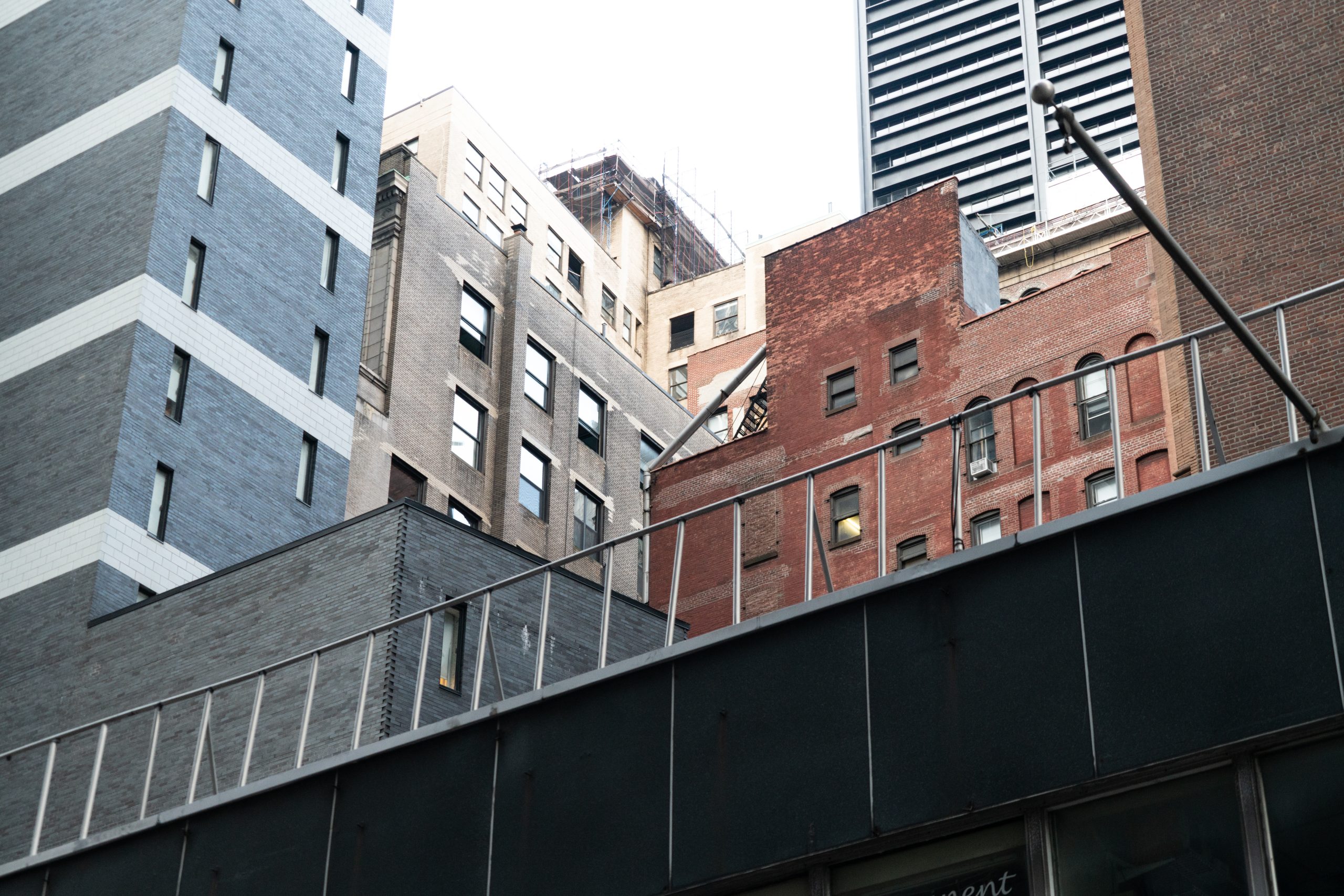Make Sure the Building is Being Occupied in Accordance with the Certificate of Occupancy – an Excerpt from Michelle Itkowitz’s Lawline CLE on Landlord and Tenant Litigation in New York
September 13, 2017
On September 11, 2017, Michelle Maratto Itkowitz taught Session One of a seven-part continuing legal education program for Lawline on Landlord and Tenant Litigation in New York. Session One was “Introduction to Landlord and Tenant Litigation; Getting a Case Started”.
In Session One, the student is introduced to the landlord and tenant field and taken step by step through the beginning stages of a case. Landlord and tenant cases are often won (or lost) before the case is even filed. A myriad of legal and factual issues need to be examined, understood, and dealt with in order to bring a winnable case on behalf of a landlord. If you are representing tenants, this is the class where you will learn about some great defenses.
LINK TO CLIP “Should I bring a nonpayment proceeding or a holdover proceeding?”
Also, below is an excerpt from the 40-page, 56-footnote materials that accompanied this class, which covered, in detail, 19 “Vital Preliminary Considerations” one must consider before initiating a summary proceeding. Here is just one:
MAKE SURE THE BUILDING IS BEING OCCUPIED IN ACCORDANCE WITH THE CERTIFICATE OF OCCUPANCY
1. Multiple Dwelling Law 302-b – No Summary Proceeding for Rent
All too common in New York City is the phenomena of “the illegal three family house.” Or the illegal six family house. Or the illegal eight family house.
In other words, the certificate of occupancy (“CO”) says the house is a two family, but the owner or previous owner created an extra apartment in the basement (or anywhere within the building) and someone is living in the illegal apartment. Or it’s a five family house and someone created a sixth unit. You get the point.
Under this circumstance, none of the tenants in the building have to pay rent, and a summary nonpayment proceeding may not be maintained against the occupants.[1]
Multiple Dwelling Law § 302(b) states:
“1. a. If any dwelling or structure be occupied in whole or in part for human habitation in violation of section three hundred one [Certificate of Occupancy], during such unlawful occupation any bond or note secured by a mortgage upon said dwelling or structure, or the lot upon which it stands, may be declared due at the option of the mortgagee.
b. No rent shall be recovered by the owner of such premises for said period, and no action or special proceeding shall be maintained therefor, or for possession of said premises for nonpayment of such rent.”
2. If the illegal unit pushes the number of units to six, the building will be deemed to be Rent Stabilized.
If the illegal unit pushes the number of units to six, the building will be deemed to be Rent Stabilized.[2]
3. What if there is no Certificate of Occupancy?
When there is no CO, we look for an HPD “i-card” for information about the Building that would typically be contained on the CO. The following is from HPD’s website and explains i-cards:
“HISTORICAL OCCUPANCY RECORDS (INITIAL INSPECTION CARDS)
The Department of Housing and Buildings was an agency of the City of New York responsible for building inspections and maintaining occupancy records. The agency maintained historical occupancy records called Initial Inspection cards (more commonly referred to as ‘I-cards’) which captured occupancy and arrangement information based on the initial inspection of the property by the agency and any subsequent applications filed with that agency during the late 1800s and early 1900s. For buildings without a Certificate of Occupancy (which was not required until 1938), the ‘I-cards’ have been accepted as the legal record of existing occupancy as of the last date indicated on the card. Buildings with I-cards may have more recent legal occupancy records if any lawful alteration or conversion work was performed in the building after the last date on the I-card. For information on alterations or conversions conducted since the last date on the I-card, Department of Buildings records should be consulted, since a Certificate of Occupancy may have been issued or additional plans may have been approved. Pursuant to the New York City Charter, if there is both an I-card and a Certificate of Occupancy for a building, the Certificate of Occupancy controls as to all matters set forth therein.”
From a landlord and tenant law perspective, I generally prefer to see a building have a CO. First, the CO makes it legally clear about how the Building may be utilized, which is an issue that arises frequently in the landlord and tenant litigation space. I-Cards can, “provide evidence of the inspector’s observations and thus of the nature of the use or occupancy, whether legal or not, but do not amend or supersede the certificate of occupancy or themselves determine the legality of an existing use or occupancy.” In re 345 West 70th Tenants Corp. v. New York City Environmental Control Bd., 143 A.D.3d 654 (1st Dept.2016).
The following case illustrates what i would like to avoid, in general with non-CO-buildings. See Lahens, ECB App. No. 1500124 (3/26/15) LVT Number: #26114. In Lahens, DOB issued a violation notice to landlord for illegally altering a two-family house into four separate apartments. DOB’s inspector saw one apartment in the basement, two on the first floor, and one on the second floor. Landlord claimed that HPD I-cards showed that the building was a three-family house, and that the lower level was merely a finished basement, not a separate apartment. The ALJ ruled for landlord and dismissed the violation. DOB failed to prove that the building was a legal two-family house. DOB appealed and won. There was no Certificate of Occupancy, and ECB generally does not recognize HPD registration summary records, by themselves, as proof of legal occupancy. DOB had submitted an electrical permit application where landlord described the building as a two-family. And HPD records submitted by landlord supported a finding that the building was a legal two-family. And the basement unit had a kitchen, bathroom, and bedroom. The sleeping quarters in this unit made it an illegal fourth apartment. The violation was reinstated and was found to be immediately hazardous. Landlord was fined $2,400.
This becomes a big deal if an owner buys what he thinks is a less-than-six-unit non-Stabilized building, only to find that the actual occupancy and/or the I-card or other evidence demonstrates that the building is had six or more units since 1974, and, therefore, is subject to Rent Stabilization. NYC Admin. Code 26-505(b).
The final issue here is weather Multiple Dwelling Law § 302 applies if a building without a CO is utilized illegally. I do not believe that MDL § 302 applies when a building lacks a CO. As per 366 Audubin Holding LLC v. Morel, 22 Misc.3d 1108(A) (Sup. Ct. NY Cty 2008), “MDL § 302 is not implicated as the Premises is a new law tenement and does not require an existing C/O to rent apartments therein.” In this sense, the lack of a CO to pin down the precise use of a building can act as an advantage.
Footnotes
[1] It is well settled that a landlord may not remove a tenant on the ground of illegal occupancy where: (1) the landlord created the illegality (see 816 Fifth Ave., Inc. v Purdy, 127 N.Y.S.2d 695 [First Dept 1951]), or (2) where the landlord took title with notice of an illegality created by a predecessor in title (see In the Matter of K&G Co. v Reyes, 52 Misc 2d 606 [N.Y. Civ. Ct. 1966]), and (3) the illegality is susceptible of cure without undue expense or difficulty (Id.).
[2] Robrish v. Watson, 48 Misc. 3d 143(A) (App. Term 2nd 2015) (Landlord commenced this holdover proceeding to recover the “top floor” apartment of a two-family house. At a nonjury trial, landlord conceded that, in 1993 or 1994, he had begun using the house as a “rooming house” and had rented 10 different rooms to 10 different individuals, including tenant. By the time of the trial, tenant was the only individual left living in the house. Tenant argued, among other things, that his tenancy was rent stabilized and that, since his tenancy had not been properly terminated and the proceeding had not been commenced in accordance with the applicable regulations, the petition should be dismissed. In a decision after trial, the Civil Court found that the house was a de facto multiple dwelling because a third apartment had illegally been created in the basement, but that the tenancy was not rent stabilized. A final judgment of possession was entered in landlord’s favor. The 10 different tenancies entered into by landlord with 10 different individuals for 10 different rooms in his house rendered the house subject to rent stabilization, as housing accommodations in buildings built before January 1, 1974 containing more than six units are subject thereto…The RSC defines a housing accommodation as “[t]hat part of any building or structure, occupied or intended to be occupied by one or more individuals as a residence, home, dwelling unit or apartment”. Under this definition, an individually rented room in a rooming house is a housing accommodation, and therefore, contrary to the Civil Court’s decision, a building with six or more individually rented rooms is subject to rent stabilization, regardless of whether any structural changes were made to the premises… Nor is it of any consequence that the illegal use of the building has ended… Thus, the petition should have been dismissed on the ground that landlord failed to serve the required rent stabilization notices.)






